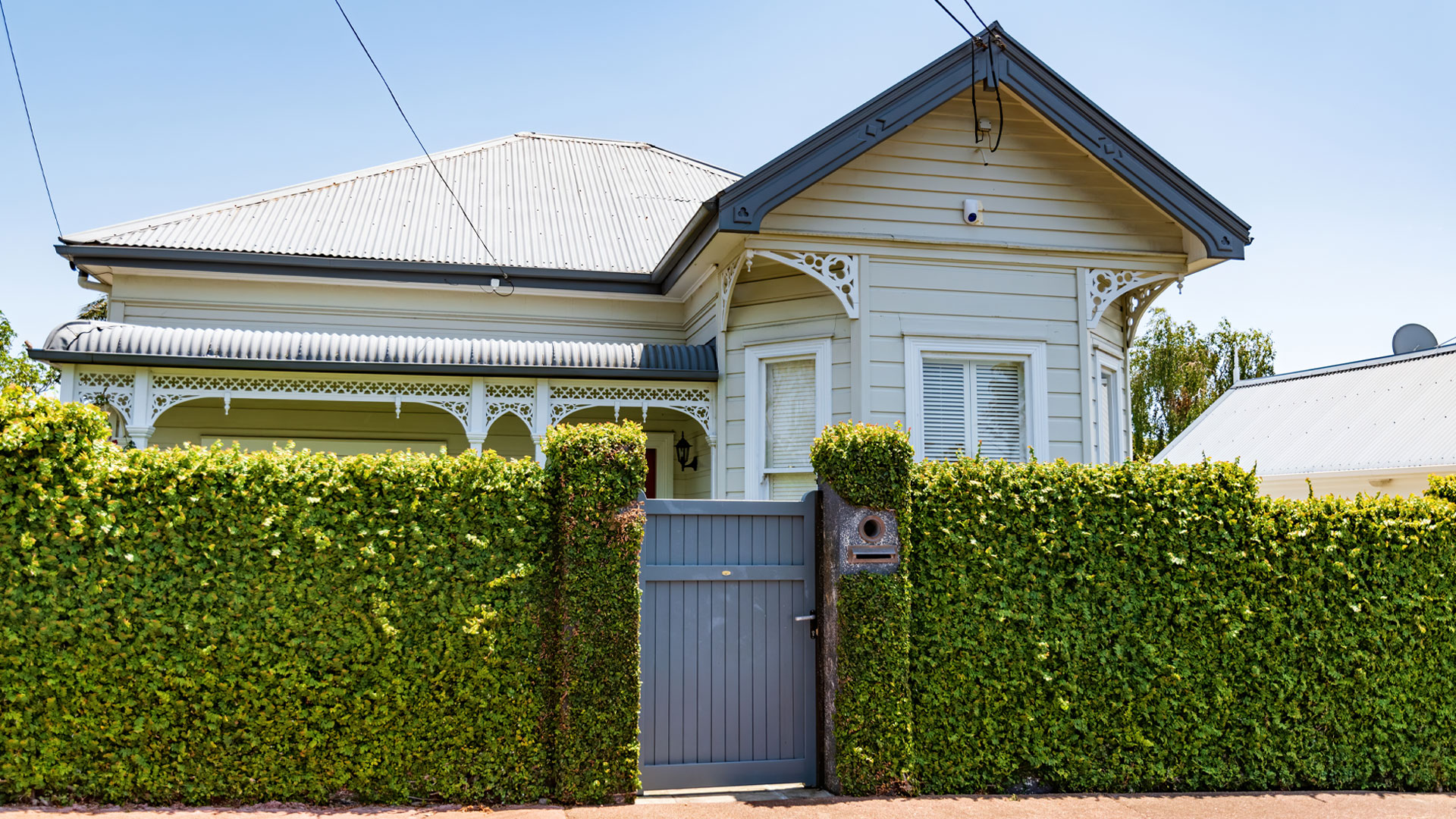Selling guide
Tips for selling your home in a buyer’s market
How to be a tall poppy.
.png)
You’ve probably heard the term ‘goldilocks market’ bandied around a lot recently, in reference to NZ’s property market. This expression is used to describe a market which isn’t heavily biased in favour of either buyers or sellers, and it’s a pretty good description of what we’ve seen in recent months.
However, it’s also fair to say that, if you had to choose right now, it’s probably better to be a buyer. We recently spoke to Kelvin Davidson, Chief Economist at Core Logic, who told us that property listings are “running at multi-year highs”. Not only does this mean that there’s a lot of choice out there for buyers, but also the fact that there are lots of listings, usually means prices drop a bit.
Kelvin was quick to note that this doesn’t mean that it’s a bad time to be a seller, and he personally wouldn’t put property selling plans on hold due to current market conditions. But he believes that the market will be slightly in favour of buyers for some time yet.
So, with all this in mind, what can you, as a seller, do to help your home stand out in a crowd? Here’s what you should be prioritising.
You can track the values of properties in your suburb or region using our free tools.
Making your home stand out in a buyer’s market
1. Regularly review the local property market
Setting a sale price can be one of the toughest parts of selling a home. Although, if you’re selling with an agent, they should be playing a major role in helping you get this right, and there are also handy free tools out there that can help you figure out what your home is worth.
However, it’s important to remember that once you’ve decided on your home price, you don’t need to stick with it at all costs (pardon the pun). Of course, we’re not saying that you should immediately start dropping your price if your home is taking longer to sell than you had hoped – after all, this is your most important asset. But, it’s well worth keeping an eye on what’s happening in your neighbourhood real estate market. You can do this using our free Property Insights tool, and also by regularly checking Trade Me Property, and searching for newly listed homes in your area.
Have a bunch of homes, similar to yours, been listed at lower prices, and sold more quickly? If that’s the case, you might want to think about whether you’re asking for too much. Again, we want to emphasise that we’re not advising a mad scramble to instantly lower your initial price, but it’s good to be aware of what’s going on in your area, and whether this could explain why your home hasn’t sold yet.
2. Make the right first impression
When buyers have a lot of choice, first impressions of your property matter more than ever. Put yourselves in a buyer’s shoes. Imagine you’re whizzing around a neighbourhood, taking in multiple open homes in a day, and one looks slightly shabbier and less loved than the others, you might be less inclined to take a second look.
Go outside and look at your property from across or the street, or the bottom of your path. Or, better yet, get a relative or friend to come and do this with you, and ask them what they’d improve. If you’ve lived in your home for a while, it might be difficult to notice things that could stand out to the critical-eye of a busy prospective buyer. The types of things to look out for include:
- Is the garden tidy? Do hedges need trimming, lawns need mowing or paths need weeding? These little things can make a big difference to the overall first impression of your property.
- Is a paint job in order? Is that paint fading from the front door, or external window frames? If so, summer is a great time to get these small renovations done.
- Could you make some additions? Borrowing some outdoor furniture from a relative or friend could help prospective buyers imagine themselves lounging in the sun. Equally, some potted plants can help bring your property’s exterior to life.
Importantly, with the current high cost of building materials, you should think long and hard before deciding to get stuck into major renovations. Unless you’re looking more long term, and might get some enjoyment out of, say a new kitchen, before you sell you're unlikely to see good returns on large projects if you’re simply renovating to attract buyers.
What can you do to boost your curb appeal?
3. Declutter, declutter, declutter
The most important thing you can do to prepare for an open home is make buyers able to see themselves living in your home.
This becomes 10x harder if your home is full of all of your stuff. Not only does lots of clutter make it harder for a buyer to see the potential your property has, it’s also distracting – they’ll feel like they’re walking around someone else’s house, rather than their future home.
Among the first steps in your decluttering mission should be:
- Taking down family photos: put these out of sight for now – let them imagine what they could do to decorate.
- Clear out cupboards: storage is really important to home buyers, and overflowing cupboards will give the impression that your home isn’t big enough for all your stuff, so might not be for them either.
- Take out unnecessary furniture: if you have a large family, or frequently entertain, you might well have more seating than the average household needs. This can make your spaces feel smaller and less attractive, so put some in storage for now.
As part of getting your home ready for viewings, you might want to consider hiring professional home stagers. If you’re selling through an agent this is a conversation you should have with them, and they may have already pitched this to you as part of your initial conversations. If you’re selling alone, there are plenty of options out there, so check out this handy guide on how to find the right home stager. It might seem like unnecessary hassle and an extra expense, but it could well be worth the investment.
4. Do any necessary repairs
If you know about a maintenance issue with your property, you need to tell your real estate agent about this from the get-go. This includes everything from a faulty garage door to a leaky roof. Agents are then legally obliged to tell prospective buyers about these issues.
Ultimately, the choice is yours, you can either get it fixed, or leave the problem there and simply have this information passed onto the buyers. The second option can, of course, be off-putting, particularly at a time when buyers already have a lot of choice, and will almost certainly lead to additional bargaining over the home’s price.
So, it can be a good idea to try and fix up maintenance issues ahead of time. To put it simply, this is just easier for everyone. You don’t need to worry about extra haggling (and haggling that’s pretty hard to argue with), and for home buyers, it’s one less barrier to seeing your home as their best option. Again, however, you need to factor in the costs of building materials right now, so it’s worth getting several quotes for larger maintenance jobs.
Author
Search
Other articles you might like





.png)



